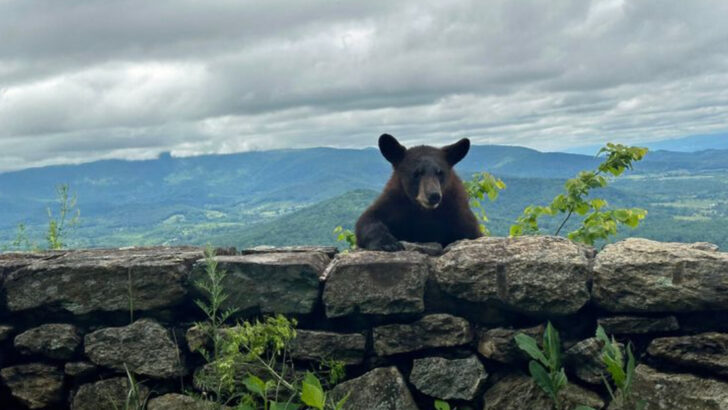Acadia doesn’t whisper—it rustles, splashes, and howls.
Tucked along Maine’s rugged coast, this wild gem is crawling, soaring, and slinking with surprises. One moment you’re admiring the ocean from a rocky cliff, the next—bam—a red fox darts across your path like a flame on four legs.
This place is a playground for the curious. Bobcats, porcupines, seals —creatures big and small call these forests, shores, and ponds home. And they’re not hiding behind fences or glass. They’re out there, living their stories, waiting for you to stumble into them.
Every trail might lead to a moose. Every quiet moment might break with a loon’s haunting call. Here are 19 wildlife encounters that make Acadia more than just a national park—it’s a living, breathing adventure
Bobcat
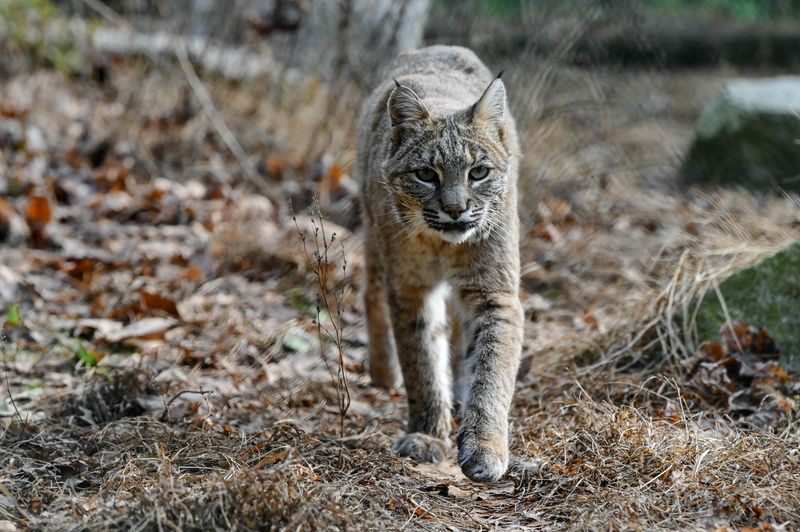
Silent and solitary, the bobcat prowls through Acadia’s dense forests. With its tufted ears and striking spotted coat, this elusive feline is a master of camouflage. Imagine catching a glimpse of its piercing eyes as it stealthily navigates the underbrush.
The bobcat is primarily nocturnal, making sightings rare but rewarding. Its diet mainly consists of rabbits and rodents, playing a vital role in controlling these populations.
For those lucky enough to spot one, the experience is unforgettable, leaving an indelible mark on their trek through this wilderness.
Peregrine Falcon
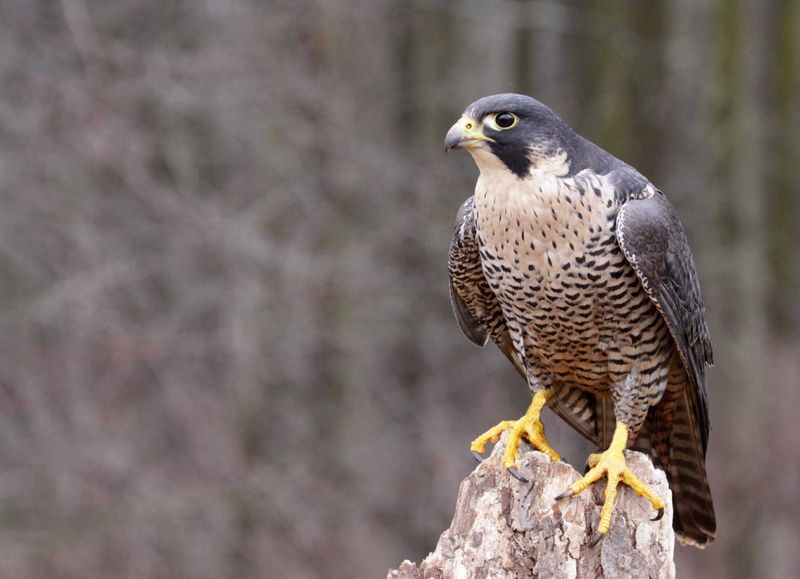
With incredible speed, the peregrine falcon reigns as one of the fastest birds in the world. In Acadia, these majestic predators can be seen swooping down the cliffs with unmatched grace.
Their sharp vision and swift dives make them formidable hunters, primarily preying on other birds. The sight of a peregrine in full flight, wings cutting through the air, is a breathtaking spectacle.
Conservation efforts have helped their numbers rebound, allowing visitors a unique opportunity to witness their aerial prowess in this natural haven.
Black Bear
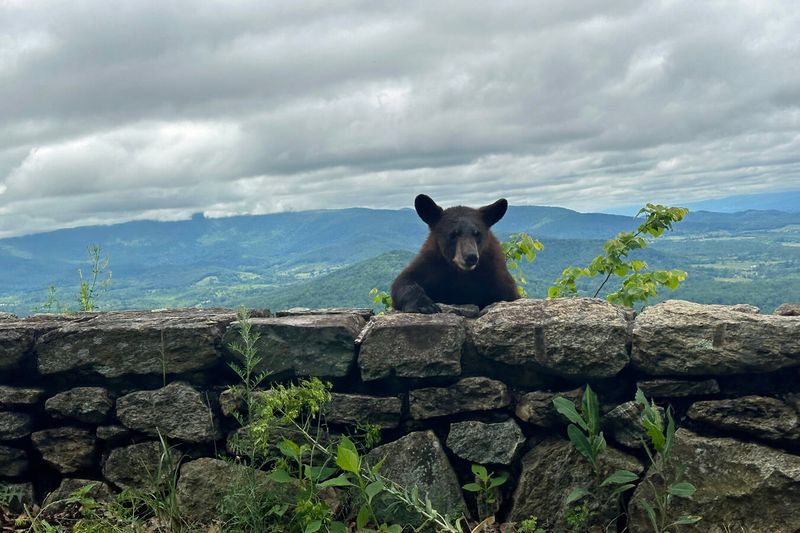
With a lumbering presence, the black bear roams Acadia’s woods, often near streams where it forages for berries and fish. These bears play an essential role in the park’s ecosystem by dispersing seeds and maintaining balance.
Typically shy, they avoid humans but spotting one can be a thrilling highlight of any visit. Remember to keep a respectful distance for safety.
Their diet is varied, including fruits, nuts, and insects, and they’re particularly active during early morning and late evening hours.
Moose
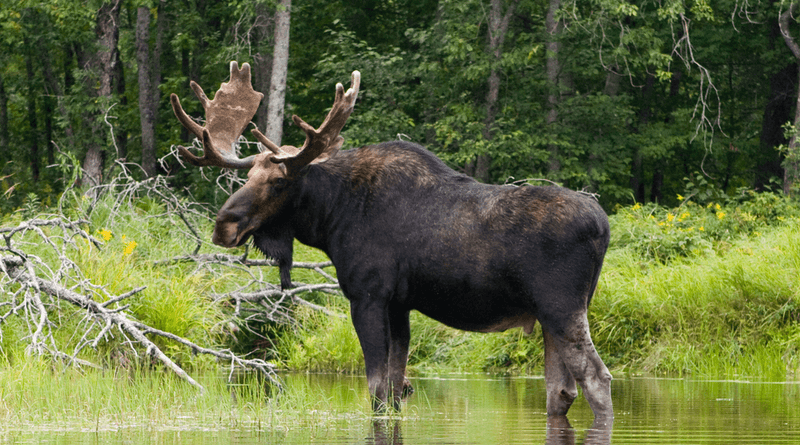
Towering and serene, the moose is a spectacular sight in Acadia, especially near water sources. Its massive antlers and humped back create a formidable presence, yet moose are known for their gentle demeanor.
Late spring and early fall offer the best chances for sightings, as they are more active during these times. Their diet consists mainly of aquatic plants, which they skillfully pull from pond bottoms.
Spotting a moose quietly grazing in the early morning mist is an unforgettable experience, one that captures the essence of wilderness.
Beaver
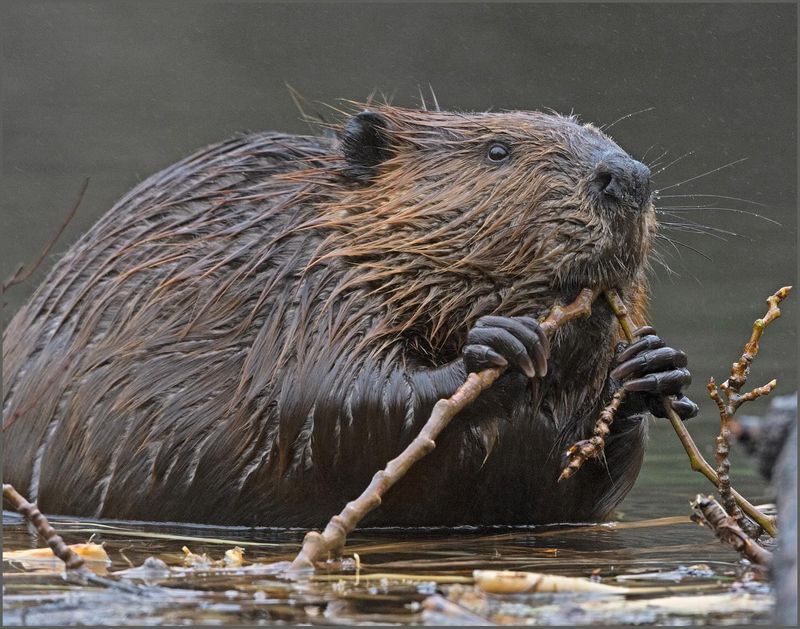
Industrious and resourceful, the beaver is nature’s engineer, crafting elaborate dams throughout Acadia. These structures create vital wetland habitats that support a diverse range of wildlife.
Beavers are mostly nocturnal, so evening and early morning are ideal times for observation. Their lodges, built from branches and mud, provide shelter and protection from predators.
Watching a beaver gnaw through a tree or skillfully navigate the water is a testament to their adaptability and importance in the park’s ecosystem.
White-Tailed Deer
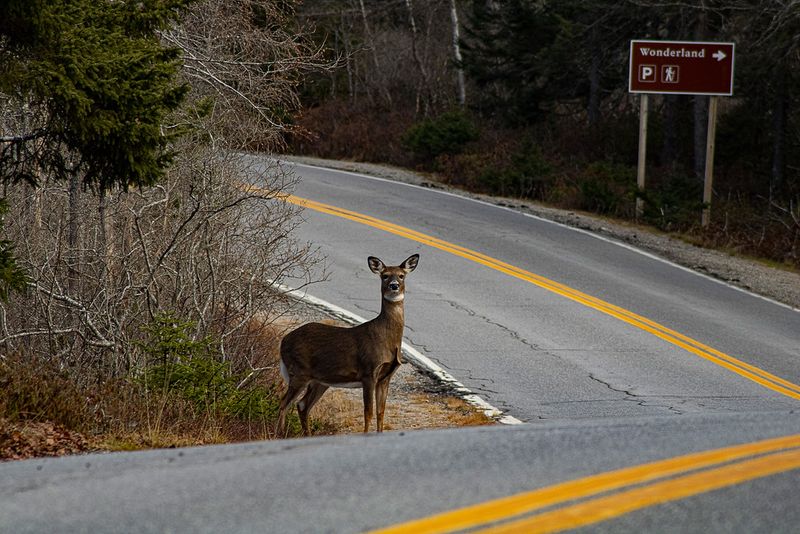
Graceful and elusive, the white-tailed deer embodies the spirit of Acadia’s wilderness. With its distinctive white tail raised in alarm, it can swiftly bound through the underbrush.
Deer are most active during dawn and dusk, making these prime times for viewing. Their diet consists of leaves, grasses, and twigs, and they play a role in shaping the vegetation landscape.
A chance encounter with a white-tailed deer, its coat glistening in the dappled sunlight, is a serene reminder of nature’s elegance and harmony.
Red Fox
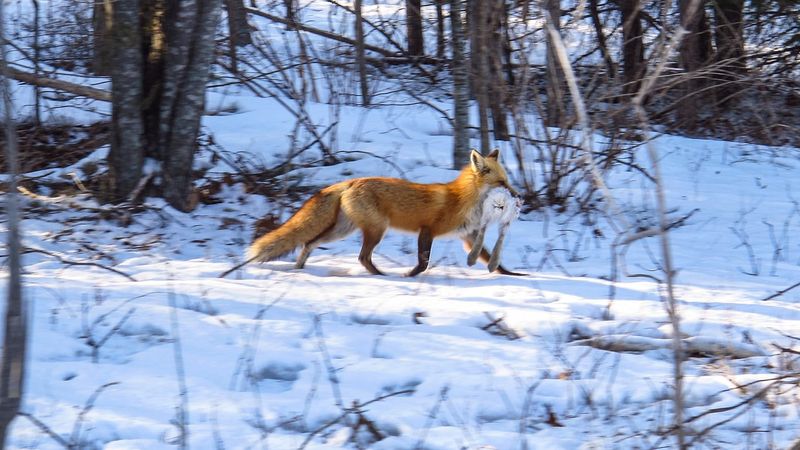
Quick-witted and curious, the red fox is a charming resident of Acadia. Its bushy tail and vibrant coat stand out against the winter snow, making for picturesque sightings.
Foxes are adaptable and can often be seen exploring the park’s meadows and forest edges. They primarily feed on small mammals, birds, and insects, demonstrating remarkable hunting skills.
Observing a red fox, its ears perked and eyes scanning the surroundings, offers a glimpse into its resourcefulness and intelligence, captivating wildlife enthusiasts.
Common Loon
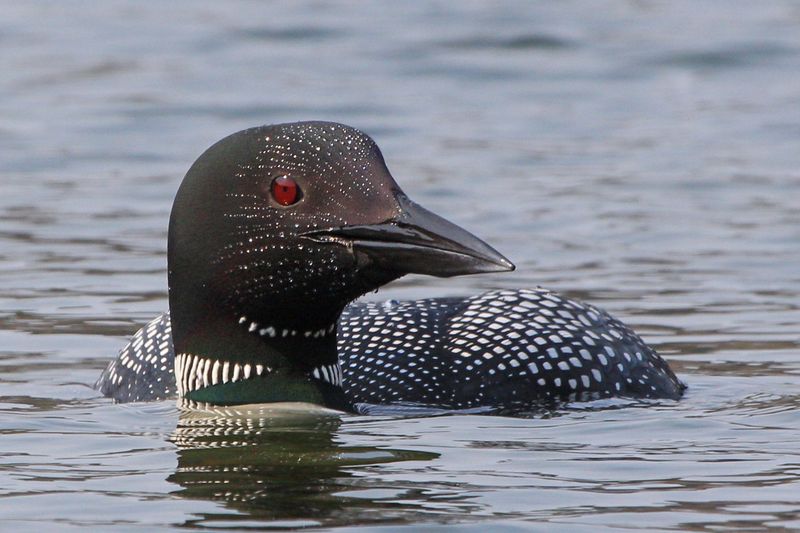
Renowned for its haunting calls, the common loon graces Acadia’s lakes with elegance. Its black-and-white plumage and striking red eyes create a mesmerizing sight as it glides effortlessly across the water.
Loons are expert divers, often disappearing beneath the surface in pursuit of fish. Their presence signifies a healthy aquatic ecosystem, as they are sensitive to changes in water quality.
Listening to a loon’s call echoing across the lake at dusk is a quintessential Acadia experience, one that lingers in the memory long after departure.
Bald Eagle
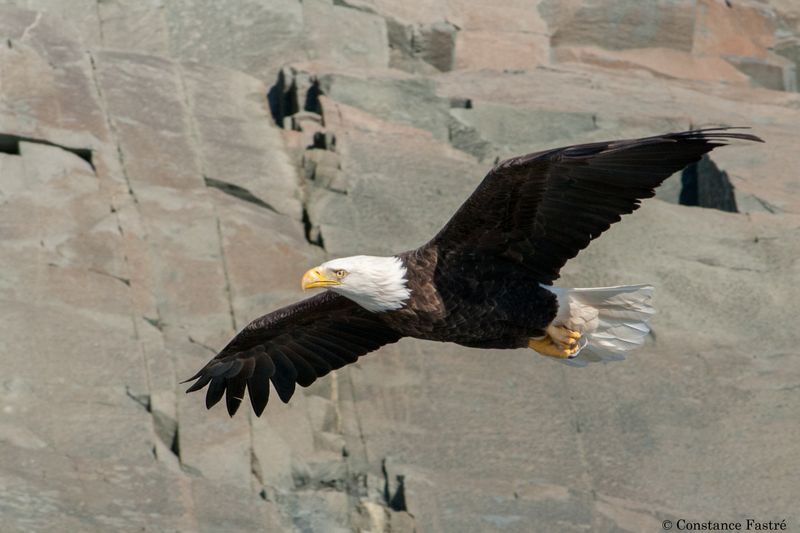
Symbolic and awe-inspiring, the bald eagle commands the skies over Acadia with its majestic presence. Its impressive wingspan and distinctive white head make it a striking sight against the rugged landscape.
Eagles often nest in tall trees near water, where they hunt for fish and small mammals. Their keen eyesight and powerful flight are a testament to their role as apex predators.
For many, witnessing a bald eagle soaring above is a moment of pure wonder, embodying the wild freedom and spirit of Acadia.
Snowshoe Hare
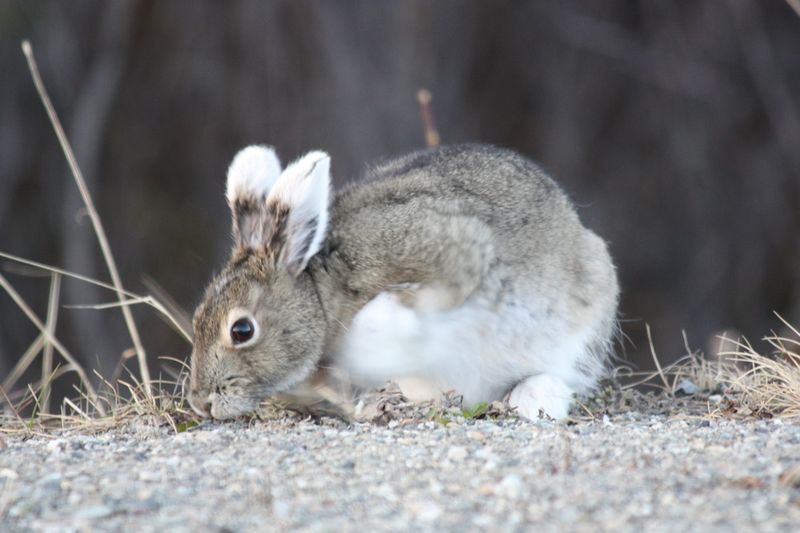
Camouflaged and enigmatic, the snowshoe hare is a master of disguise in Acadia’s winter wonderland. Its fur changes from brown in the summer to white in the winter, allowing it to blend seamlessly with its surroundings.
Hares are active year-round, primarily at night, feeding on bark, twigs, and buds. Their large feet, resembling snowshoes, distribute their weight, enabling them to move effortlessly across the snow.
Spotting a snowshoe hare in its natural habitat is a delightful challenge, rewarding the patient observer with a glimpse of this elusive creature.
Eastern Coyote
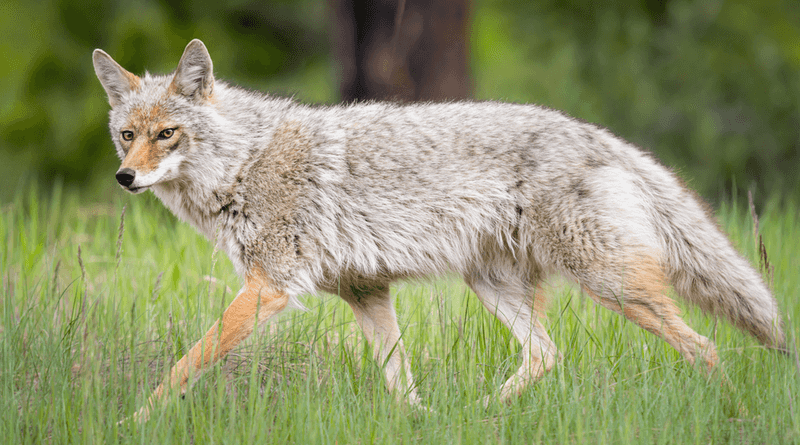
Adaptable and cunning, the Eastern coyote thrives in Acadia’s diverse landscapes. Often mistaken for a wolf, this canid is slightly smaller but no less impressive in its resourcefulness.
Coyotes are most active during dawn and dusk, and their diet includes rodents, fruits, and even insects. Their distinctive yipping calls can often be heard echoing through the forest.
Encountering an Eastern coyote, with its keen eyes and agile movements, offers intriguing insights into the resilience and adaptability of wildlife in this rugged park.
Great Blue Heron
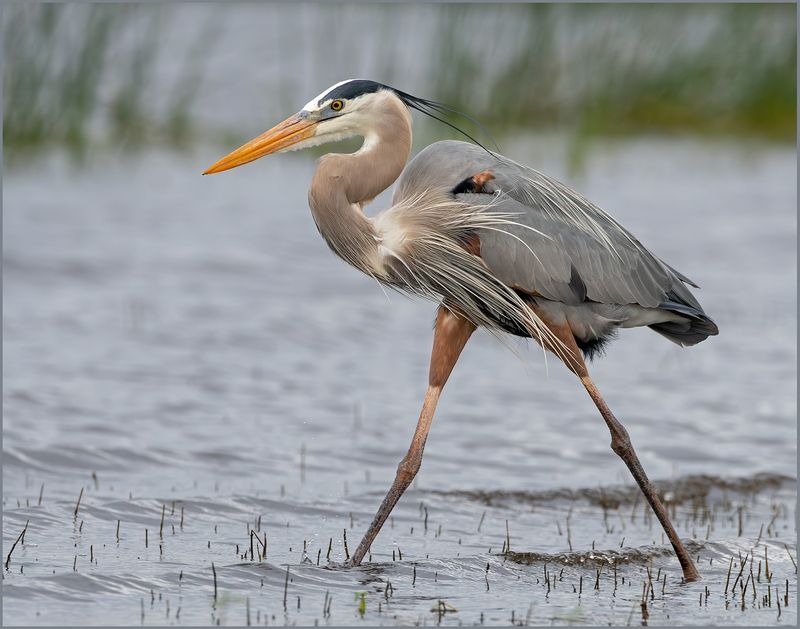
With its statuesque presence, the great blue heron is a captivating sight in Acadia’s marshes and shorelines. Standing still as a sentinel, it waits patiently for fish to venture within striking distance.
These herons are masters of stealth, their long legs allowing them to wade silently through wetlands. Their diet consists primarily of fish, but they will eat amphibians and insects.
Seeing a great blue heron in action, poised and focused, is a serene and memorable part of exploring Acadia’s watery landscapes.
Osprey
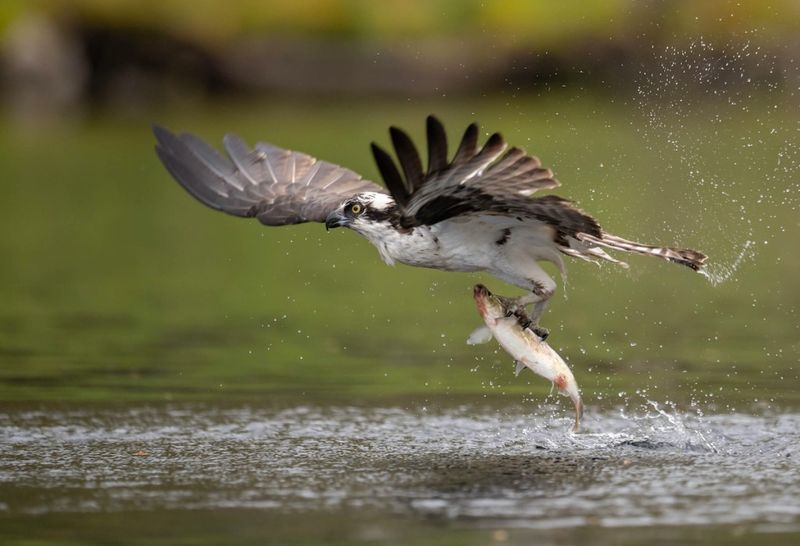
Graceful and precise, the osprey is a skilled fisher, often seen diving into Acadia’s lakes with pinpoint accuracy. Its diet consists almost exclusively of fish, a testament to its hunting prowess.
Ospreys build large nests near water, using sticks and other materials. Their distinctive calls can often be heard echoing across the lake.
Watching an osprey in action—wings poised, eyes locked on its target—is a thrilling experience that highlights the abundance of life in the park’s aquatic habitats.
Harbor Seal
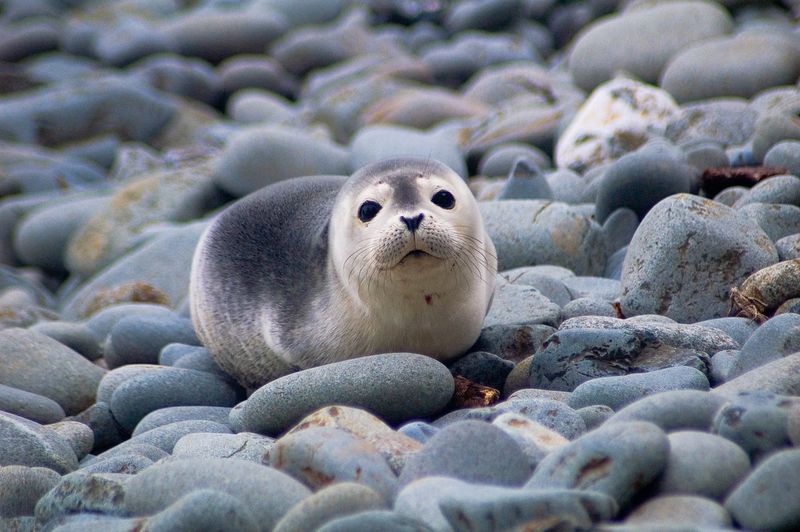
Playful and curious, harbor seals are often spotted along Acadia’s rocky shorelines. With their sleek bodies and expressive eyes, they are adept swimmers and hunters in the coastal waters.
Seals often congregate on rocks during low tide, basking in the sun. They feed on a variety of fish and invertebrates, utilizing their whiskers to sense prey in the water.
Observing these marine mammals at rest or play is a delightful experience, offering a glimpse into their social behaviors and aquatic agility.
Porcupine
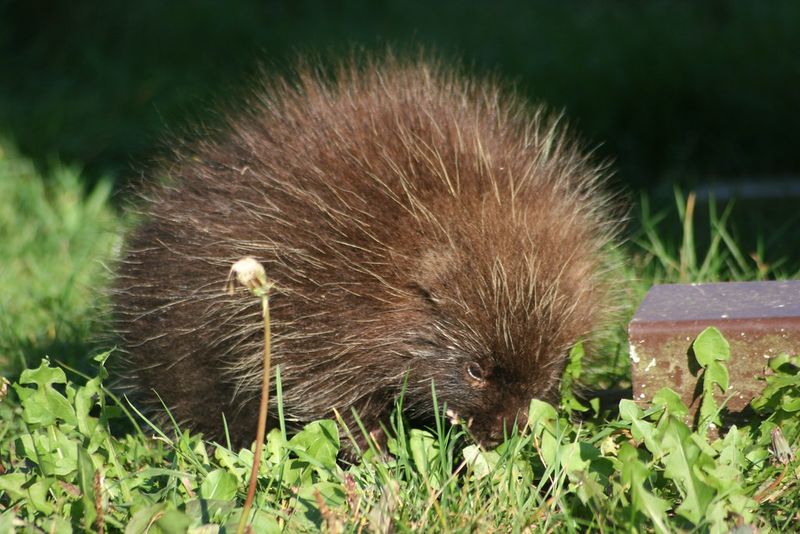
Slow-moving and covered in quills, the porcupine is an endearing sight in Acadia National Park. Though it appears defensive, this creature is typically docile, preferring a diet of bark and leaves.
Porcupines are excellent climbers, often seen in trees where they find food and safety. Their quills are a unique adaptation, providing protection from predators.
Encountering a porcupine, with its curious expression and slow, deliberate movements, adds a touch of charm to the wilderness experience in Acadia.
Wild Turkey
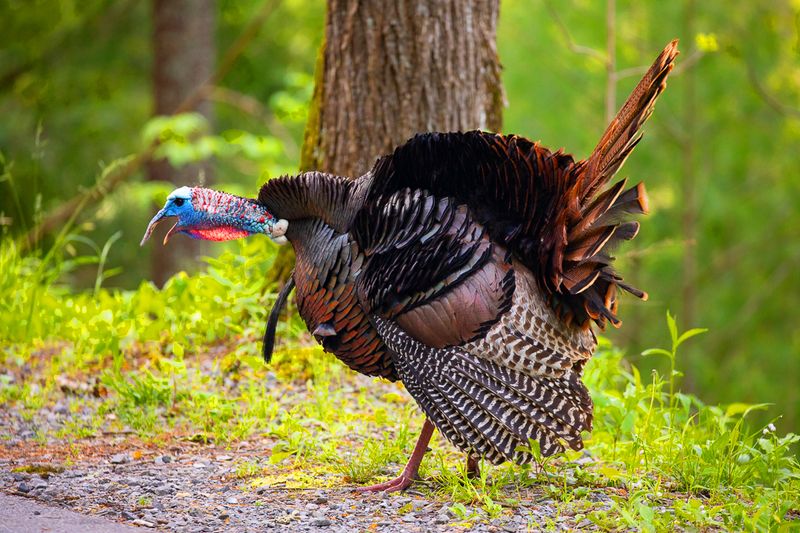
Regal and social, wild turkeys roam Acadia’s open fields and forest edges, foraging for seeds and insects. Their iridescent feathers glisten in the sunlight, creating a stunning display.
These birds are highly social, often seen in flocks led by a dominant male. Their iconic gobble can be heard echoing through the woods, a reminder of their presence.
Witnessing a group of turkeys strutting and foraging is a delightful spectacle, showcasing their vibrant personalities and the rich biodiversity of the park.
Ruffed Grouse

Elusive and well-camouflaged, the ruffed grouse is a hidden gem in Acadia’s forests. Known for its distinctive drumming display, this bird beats its wings to create a resonant sound.
Grouse feed on leaves, fruits, and insects, blending seamlessly into the forest floor. Their ability to remain undetected is a marvel of natural adaptation.
Spotting a ruffed grouse, especially during its drumming courtship, is a rare and captivating experience, offering a unique glimpse into the park’s avian diversity.
American Marten
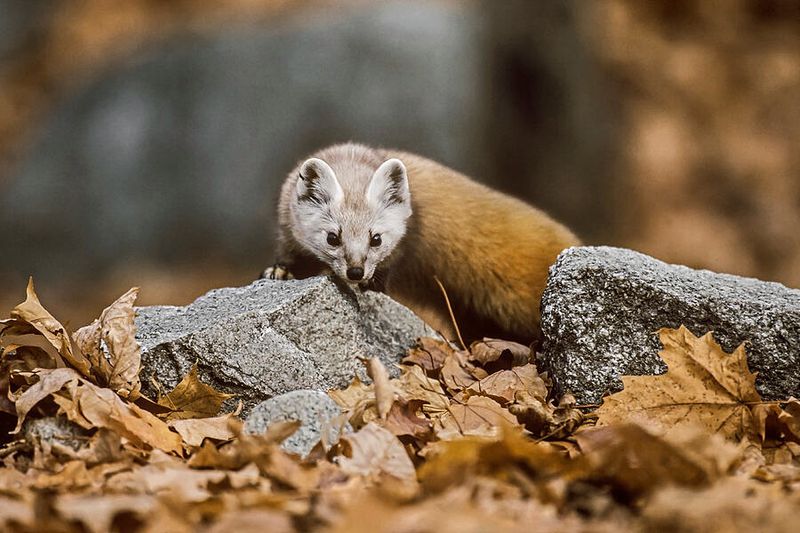
With its slender body and bushy tail, the American marten is an agile hunter in Acadia’s woods. This small carnivore is a member of the weasel family, known for its playful demeanor and keen intelligence.
Martens are most active at dawn and dusk, preying on rodents and birds. Their arboreal agility allows them to navigate the forest canopy with ease.
Encountering a marten, with its curious gaze and nimble movements, is a delightful surprise, revealing the dynamic and lively side of Acadia’s wildlife.
Puffin
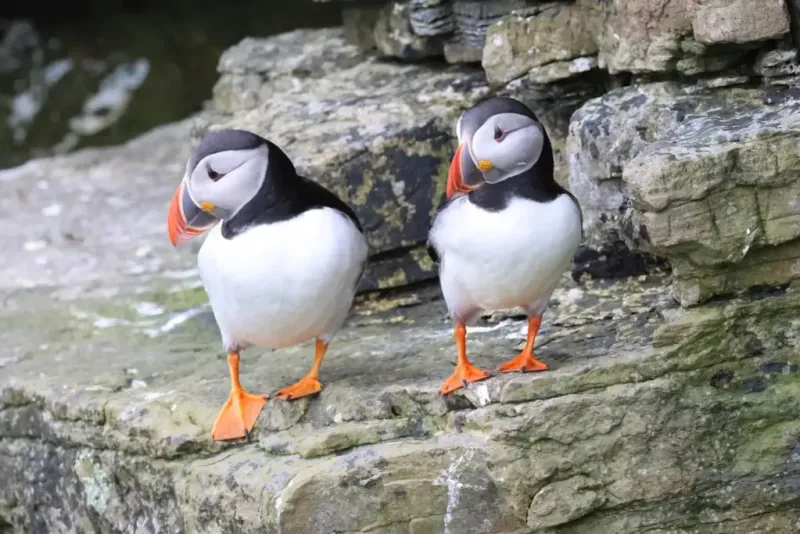
Known for their distinctive colorful beaks, puffins are a delightful sight along the coastal cliffs of Acadia. During the summer months, these charismatic birds can be seen nesting and diving into the ocean for fish.
Their clumsy take-offs and landings add a touch of whimsy to the rocky shorelines. The puffin’s presence here is a testament to Acadia’s commitment to preserving its unique habitats.
Birdwatchers often find joy in spotting them amidst the sea spray, capturing memories with both eyes and cameras. Join guided tours to learn more about their fascinating behavior and conservation efforts.

